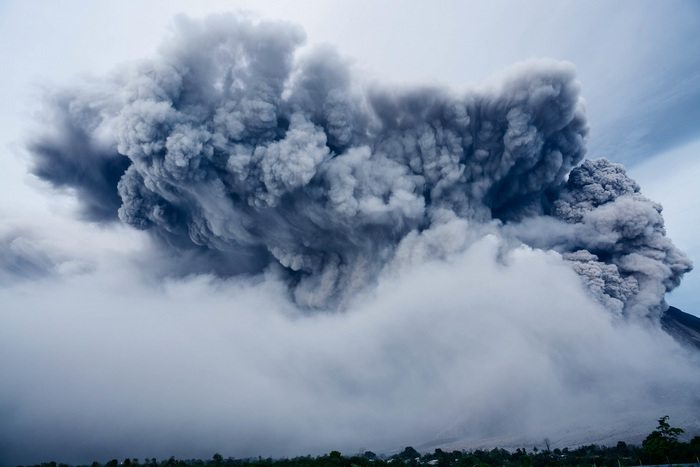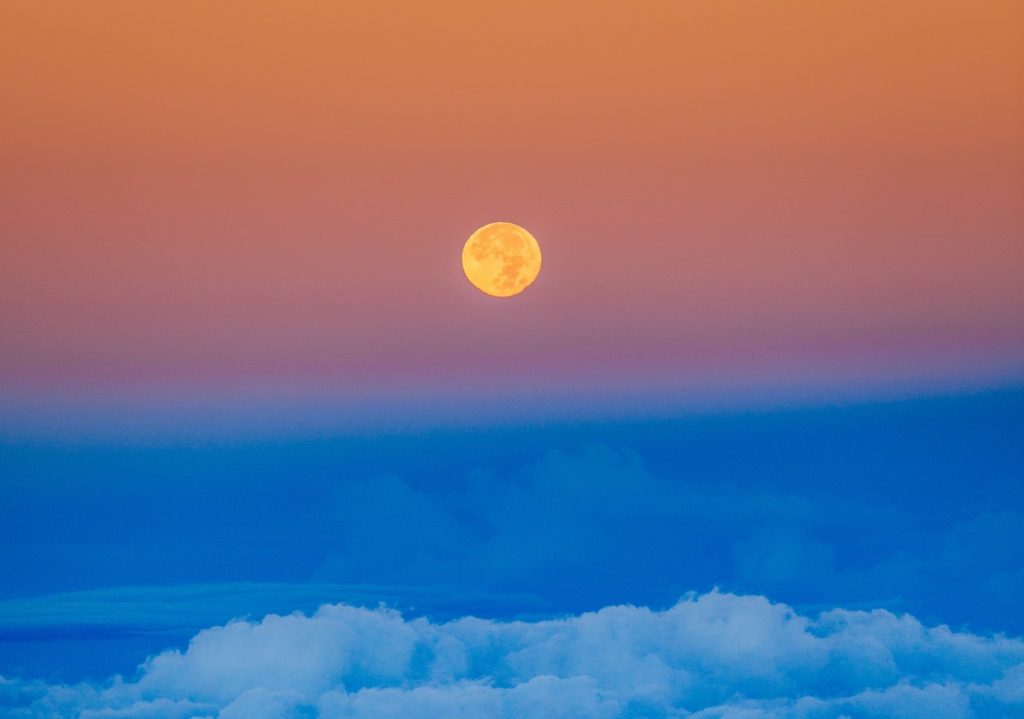If it’s not the pale moon that excites us, then it must be the nearness of it. And it will be – literally – when the moon orbits closest to Earth thrice this year. When that happens, the moon will shine brighter and appear bigger than it has in the last 70 years, thus making it a supermoon.
Now before we go into the stuff that myths and superstitions are made of, there is actually a scientific explanation for this phenomenon.
According to NASA, a supermoon ‘occurs when the moon is within 90% of its closest approach to Earth in a given orbit.’ The moon’s orbit is elliptical and one side, the perigee, is closer to the earth than the other, called the apogee. A syzygy occurs when the Earth, sun, and moon aligns while the moon orbits our planet. Now picture this, a perigee -syzygy occurs when the three align but with the moon on the opposite side of the Earth from the sun. That’s when we get a perigee moon or what is known as a supermoon!
This 2016 we’re getting a triple treat of supermoons; on October 16, November 14, and December 14. The November 14 supermoon will not only be the closest full moon for this year, but it’s the closest one to date in the 21st century! Thus making the November full moon an extra-supermoon! The next time it will get this close again will be on November 25, 2034. So if you missed last month’s supermoon, make sure you don’t miss this month’s extra-supermoon. There would be way too many moons before you can enjoy the next one! 🙂
The December 2016 supermoon will also be a remarkable one, because the supermoon will shine so bright that it would literally outshine the Geminid meteor shower. The latter peaks usually around the same time as the last supermoon for this year. T
hat means astrology enthusiasts and sky watchers will not be getting their usual fix of mother nature’s spectacular fireworks in the skies this December.
But what about the myths that have continued to envelop the full moon over the centuries?
The dark side of the supermoon
How many times have we heard people say ‘it must be a full moon’ whenever things or people go crazy? Too many, and the circumstances range sometimes from werewolves, lunacy and even fertility, to name a few. And while full moons have been the subject of discussions on myths and urban legends, some would attempt to apply logic and reason to it using science.
Some scientists believe that the syzergy creates the right conditions for earthquakes and volcanic activity. The gravitational pull of the sun on one side, and the moon on the other ‘elongates’ the Earth’s crust, adding additional stress at ‘weak’ points. Although the ‘elongation’ is very small in real terms, it actually makes sense.
The ‘elongation’ or gravitational pulling can hardly be felt to be noticeable, as it would diminish over distance. But it’s there. It affects natural occurrences like the tide or our bodies (we are 70% water after all) that it might be that we are ‘off balance’ at certain times, hence the mood changes during a full moon.
Studies have been inconclusive of the effects of the full moon to us and our surroundings. But that’s not going to stop you from admiring the breathtaking beauty of the supermoons this year, is it?



